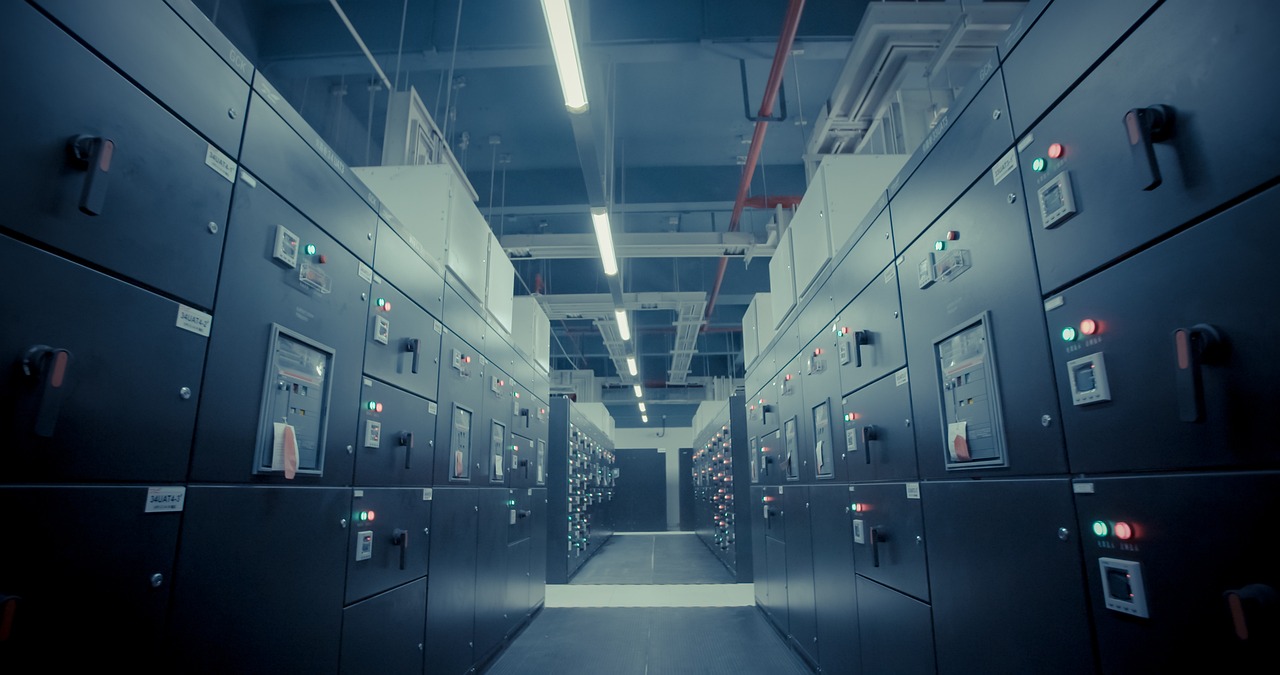Smart Factory. You might have heard of it at least once. But not many people know about the middleware, which is the backbone of the smart factory. Today, we are going to talk about what middleware is, why it is important, and we will also take a look at a simple example of creating middleware at the end of the article. Excited?

What is Middleware?
Think of middleware as a bridge connecting data. In a smart factory, it serves to manage the integration of interfaces between the Manufacturing Execution System (MES) and production equipment. Without middleware, communication between production equipment and systems could face issues, causing disruptions. What does this mean? Simply put, if each system cannot properly exchange information, the entire production process can become chaotic.
The Importance of Interface Integration Management
What happens if interface integration is not managed in a smart factory? Each system operates in a dispersed manner, known as the Point to Point (P2P) method. The biggest problem with this method is that it is difficult to identify the cause when a problem occurs. For instance, if an issue arises in Equipment 1, you need to check Equipment 1, Services 1, 2, and 3 connected to Equipment 1, and the MES to solve the issue. This is time-consuming and inefficient.
The Necessity of Middleware
Now you understand the importance of middleware, right? With middleware, the cause of an issue can be quickly identified and resolved, and it offers excellent scalability, reducing additional development costs. Therefore, the smart factory industry is actively adopting middleware architecture.
Comparison Between EAI and Middleware
Data interfaces are broadly divided into heterogeneous and homogeneous types. A heterogeneous interface involves real-time communication between different operating systems or hardware. On the other hand, a homogeneous interface involves communication between different software systems. For example, data integration between MES and SCM, ERP can be considered. Homogeneous interfaces are mainly resolved using Enterprise Application Integration (EAI) solutions.
Structure and Operation of Middleware
Now, let’s understand the operation of middleware through a simple example using JavaScript (node.js).
Core Modules of Middleware
Middleware can be divided into four core modules:
- Communication Driver
- Tag
- Controller
- Web API
Directory Structure
middleware-code-app/ # Project root directory
│ app.js # Main application code
├─── lib\ # Library folder
├─── driver\ # Communication driver folder (equipment communication protocol)
├─── tag\ # Tag folder (area where binary data is processed)
├─── controller\ # Controller folder (equipment → middleware processing)
├─── service\
│ WebApi.js # Web API code (middleware → user processing)Running Middleware
The operation of middleware is simple. The communication driver collects data from the equipment and stores it in the tag. The Web API responds to requests for this data. Collected data accumulates in the tag set. When a request comes in through the Web API, the middleware gathers all current tag information and responds.
Conclusion
We have learned why middleware is important in a smart factory and how it operates. Middleware provides flexible response to changes in the production site and offers economic efficiency. We hope this article has helped you understand the value of middleware.
